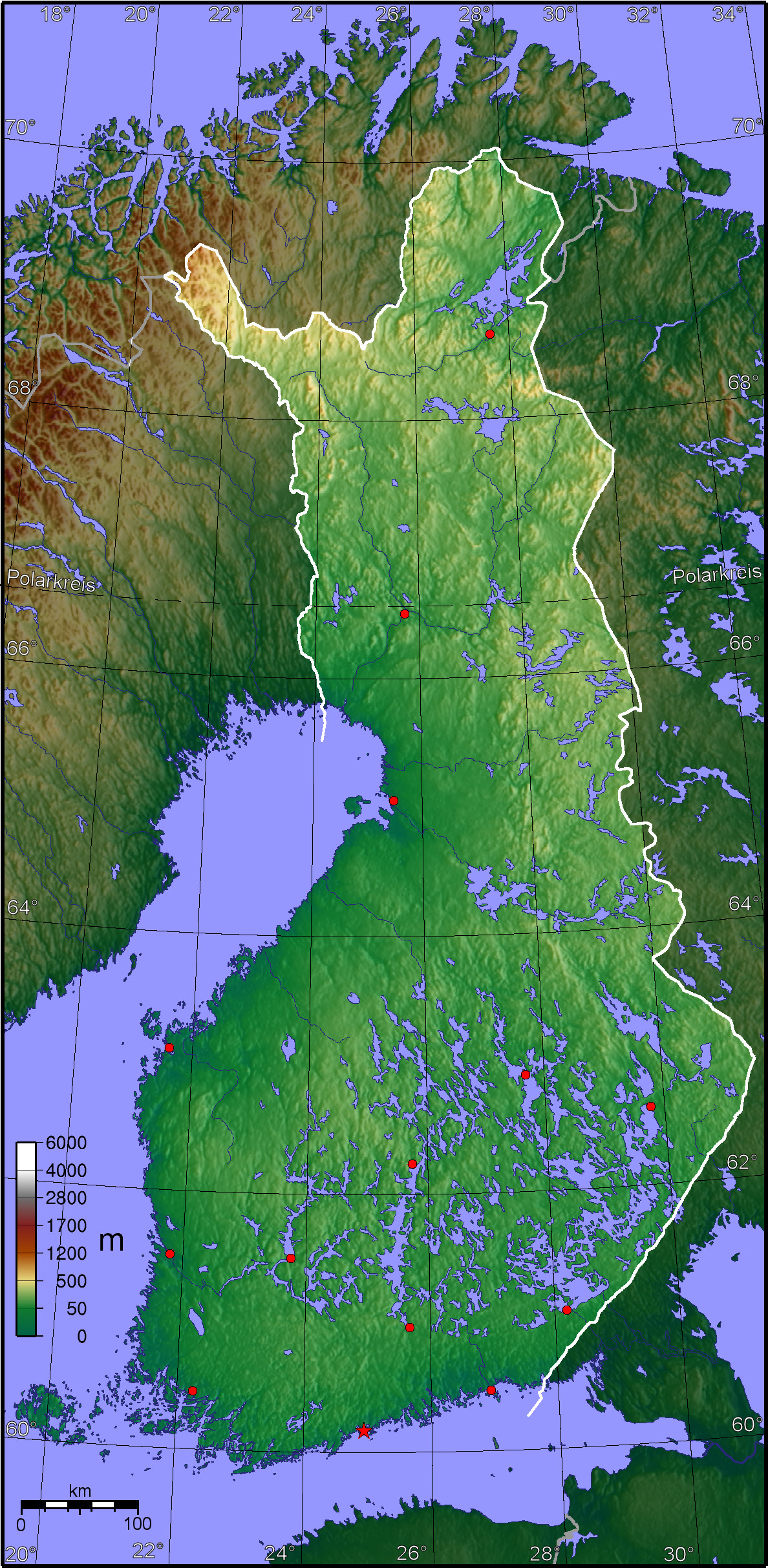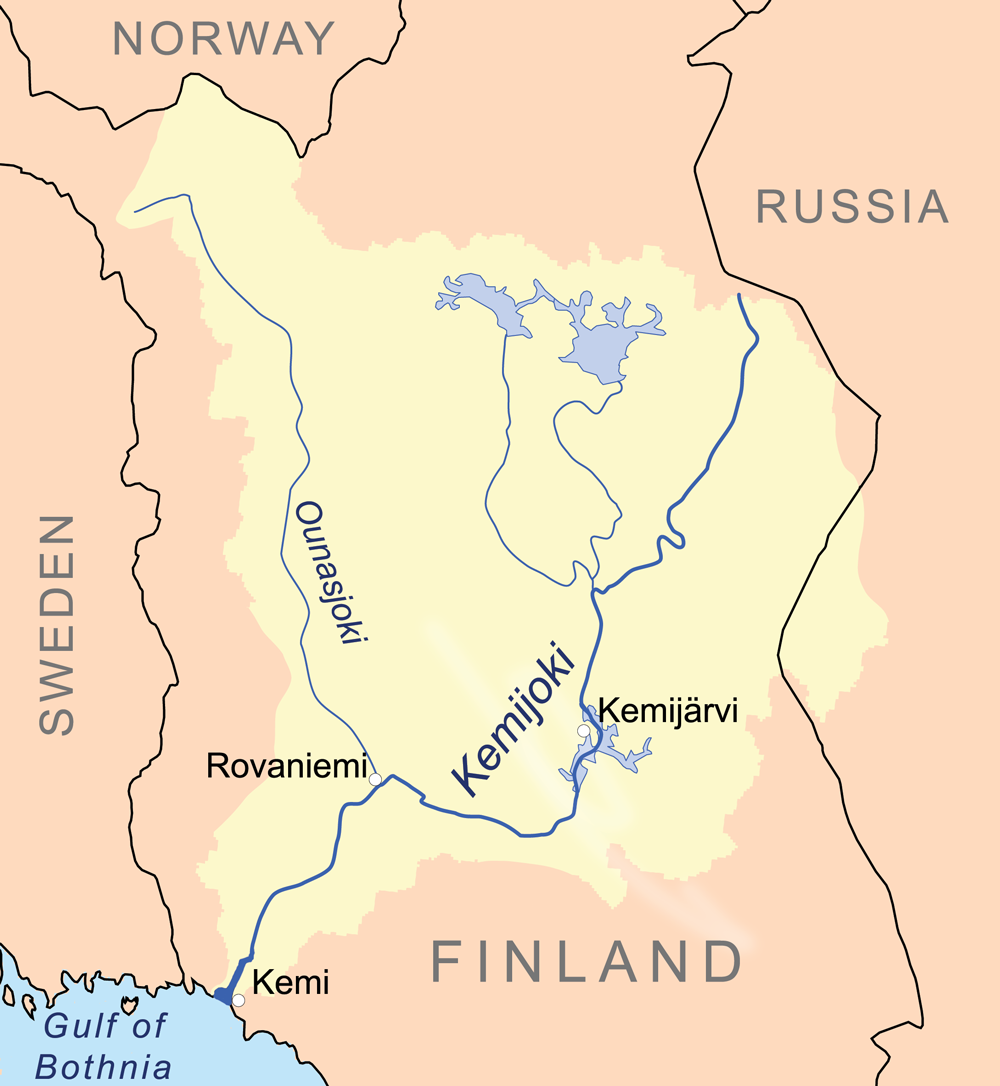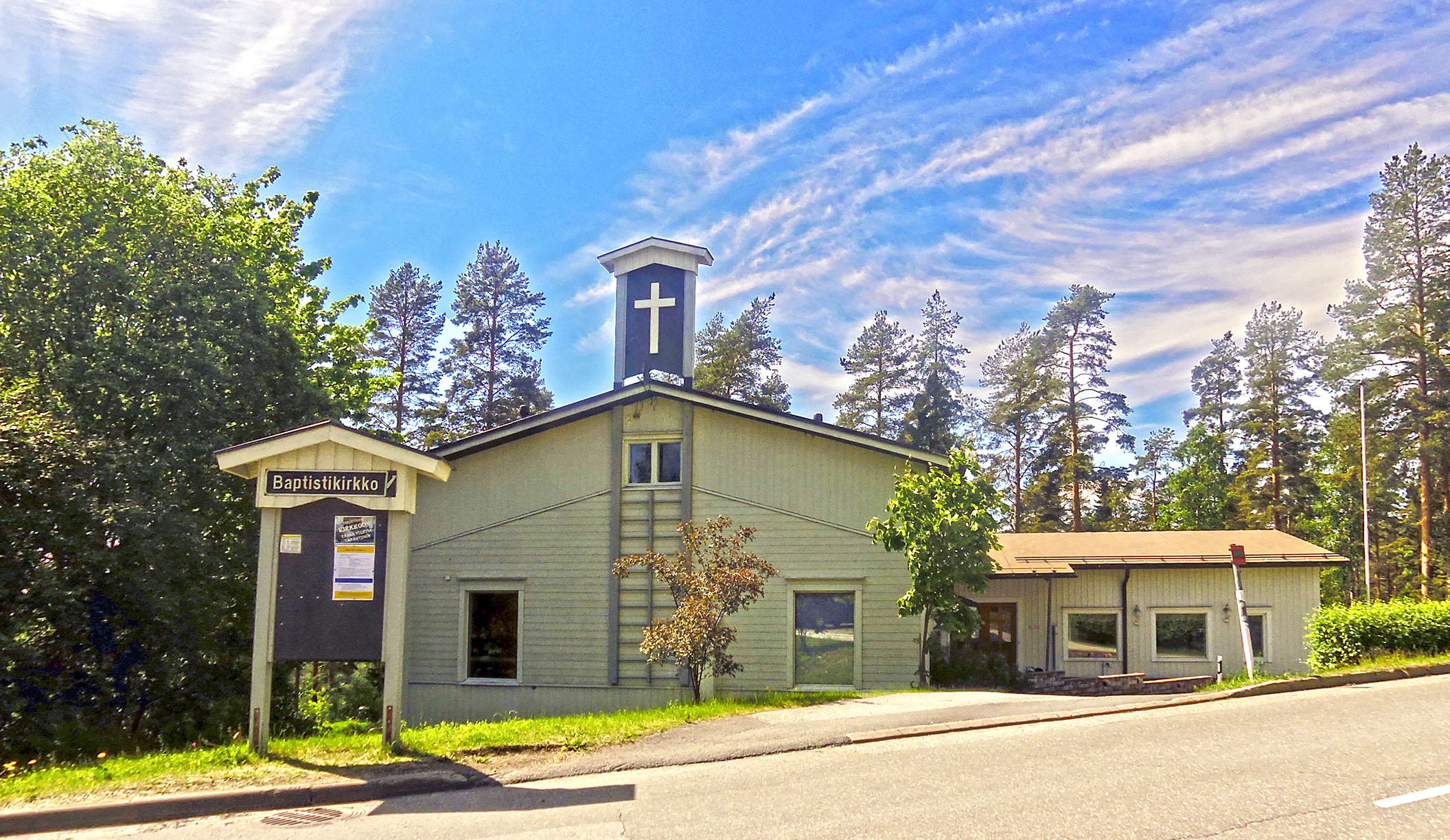|
Orajärvi
Orajärvi is medium-sized lake in the Kemijoki river's main catchment area in Finland. It is located in Sodankylä municipality, in the eastern Lapland region. Orajärvi is also the name of a village comprising Orakylä, Hirviäkuru, Välisuvanto and Tepsanniemi. The population is 250. Orajärvi village is located 20 km south-east of Sodankylä. Orajärvi lake is also located there. There are three other lakes in Finland that are named Orajärvi, they are located in the municipalities of Pello, Jyväskylä and Espoo. ''Jarvi & Meri wiki Web Service''. Retrieved 23 March 2014. See also *List of lakes in Finland
Mo ...
[...More Info...] [...Related Items...] OR: [Wikipedia] [Google] [Baidu] |
Espoo
Espoo (, ; ) is a city in Finland. It is located to the west of the capital, Helsinki, in southern Uusimaa. The population is approximately . It is the most populous Municipalities of Finland, municipality in Finland. Espoo is part of the Helsinki Metropolitan Area, which has approximately million inhabitants. Espoo is on the northern shore of the Gulf of Finland and borders Helsinki, Vantaa, Kirkkonummi, Vihti and Nurmijärvi. The city includes the Enclave and exclave, enclave of Kauniainen. Espoo covers an area of . Espoo is a bilingual municipality with Finnish language, Finnish and Swedish language, Swedish as its official languages. The population consists of Finnish speakers, Swedish speakers, and speakers of other languages, well above the national average. Espoo was settled in the Prehistory, Prehistoric Era, with evidence of human settlements dating back 8,000 years. However, the population disappeared during the early Iron Age. During the Middle Ages, Early Mi ... [...More Info...] [...Related Items...] OR: [Wikipedia] [Google] [Baidu] |
List Of Lakes In Finland
Most lakes in Finland are small, but there are 309 lakes or reservoirs with a surface area larger than 10 km². There are about 5,600 lakes in Finland that are larger than 0.1 km² (10 hectares or 100'000 square metres), and 187,888 lakes larger than five ares (500 square metres / 5,382 sq.ft.). There is no standard unambiguous definition of the size requirements for a water body to be classified as a lake. Saimaa is the largest lake in Finland, and the fourth-largest natural freshwater lake in Europe. They are listed here along with some smaller noteworthy lakes. Alphabetical listing A Aapajärvi, Ala-Kintaus, Ala-Kitka B Bodominjärvi E Elämäjärvi, Enäjärvi, Enijärvi, Enonvesi, Evijärvi H Haapajärvi, Hankavesi, Hankavesi – Lonkari, Hankavesi-Välivesi, Hauhonselkä, Haukivesi, Hiidenvesi, Hiirenvesi, Hirvijärvi Reservoir, Hirvijärvi – Kalliovesi, Höytiäinen, Hyrynjärvi I Iijärvi (1), Iijärvi (2), Iijärvi (3), Iijärvi ... [...More Info...] [...Related Items...] OR: [Wikipedia] [Google] [Baidu] |
Finland
Finland, officially the Republic of Finland, is a Nordic country in Northern Europe. It borders Sweden to the northwest, Norway to the north, and Russia to the east, with the Gulf of Bothnia to the west and the Gulf of Finland to the south, opposite Estonia. Finland has a population of 5.6 million. Its capital and largest city is Helsinki. The majority of the population are Finns, ethnic Finns. The official languages are Finnish language, Finnish and Swedish language, Swedish; 84.1 percent of the population speak the first as their mother tongue and 5.1 percent the latter. Finland's climate varies from humid continental climate, humid continental in the south to boreal climate, boreal in the north. The land cover is predominantly boreal forest biome, with List of lakes of Finland, more than 180,000 recorded lakes. Finland was first settled around 9000 BC after the Last Glacial Period, last Ice Age. During the Stone Age, various cultures emerged, distinguished by differen ... [...More Info...] [...Related Items...] OR: [Wikipedia] [Google] [Baidu] |
Kemijoki
The Kemijoki or Kemi River (, ), with its length, is the longest river in Finland. It runs south through the towns of Kemijärvi and Rovaniemi before reaching the Gulf of Bothnia at Kemi. Facta 2001, part 8, ''finnish'' At Rovaniemi the Ounasjoki river merges with the Kemijoki. The first hydroelectric plant on the Kemijoki was constructed in 1949 at Isohaara. A total of 15 power plants have been constructed so far. The plants are owned by Kemijoki Oy and Pohjolan Voima Oy. In 2003, the plants produced a total of 4.3 TWh, which was about 34.5% of Finland's total hydroelectric production. See also * List of rivers of the Baltic Sea * Rivers of Finland This is a list of rivers of Finland. Listing begins with rivers flowing into the Baltic sea, from the north, that is from the Swedish border. Tributaries are listed down the page in an upstream direction. Water flows from Finland directly to the B ... References External links Hydroelectric power stations in F ... [...More Info...] [...Related Items...] OR: [Wikipedia] [Google] [Baidu] |
Sodankylä
Sodankylä (; ; ; ) is a municipality of Finland. It is located in the region of Lapland, and lies at the northern end of Highway 5 ( E63) and along Highway 4 ( E75). The Kitinen River flows near the center of Sodankylä. Its neighbouring municipalities are Inari, Kemijärvi, Kittilä, Pelkosenniemi, Rovaniemi, and Savukoski. The municipality has two official languages: Finnish and Northern Sami. The municipality has a population of , () which makes it the fourth largest municipality in Lapland after Rovaniemi, Tornio and Kemi, and at the same time the largest municipality in population that does not use the title of city or town. It covers an area of of which is water, making it the second largest municipality in Finland in terms of area, right after its neighboring municipality of Inari. The population density is . Sodankylä has an airfield. Also, one of EISCAT's scientific radar receiver stations is located outside Sodankylä, at the site of the Sodankylä Geophy ... [...More Info...] [...Related Items...] OR: [Wikipedia] [Google] [Baidu] |
Lapland (Finland)
Lapland is the largest and northernmost region of Finland. The 21 municipalities in the region cooperate in a Regional Council. Lapland borders the Finnish region of North Ostrobothnia in the south. It also borders the Gulf of Bothnia, Norrbotten County in Sweden, Finnmark County and Troms County in Norway, and Murmansk Oblast and the Republic of Karelia in Russia. The topography of Lapland varies from vast mires and forests in the south to fells in the north. The Arctic Circle crosses Lapland, so polar phenomena such as the midnight sun and polar night can be viewed in this region. Lapland's cold and wintry climate, coupled with its relative abundance of conifer trees such as pines and spruces, means that it has become associated with Christmas in some countries, most notably the United Kingdom, and holidays to Lapland are common towards the end of the year. However, the Lapland region has developed its infrastructure for year-round tourism. For example, in 2019, tour ... [...More Info...] [...Related Items...] OR: [Wikipedia] [Google] [Baidu] |
Pello
Pello (formerly Turtola) is a municipality of Finland. It is located approximately north of the Arctic Circle in the western part of the province of Lapland, and is part of the Lapland region. The municipality is on the national border with Sweden, by the Tornionjoki-river. The municipality has a population of () and covers an area of of which is water. The population density Population density (in agriculture: Standing stock (other), standing stock or plant density) is a measurement of population per unit land area. It is mostly applied to humans, but sometimes to other living organisms too. It is a key geog ... is . The municipality is unilingually Finnish, according to the legal definition in Finland. Konttajärvi is in this municipality. It is served by the Pello railway station. History The name of Pello is ultimately derived from the word ''pelto'', field; which may have been the original name of the village. The weak grade stem of ''pelto'' is ... [...More Info...] [...Related Items...] OR: [Wikipedia] [Google] [Baidu] |
Jyväskylä
Jyväskylä () is a city in Finland and the regional capital of Central Finland. It is located in the Finnish Lakeland. The population of Jyväskylä is approximately , while the Jyväskylä sub-region, sub-region has a population of approximately . It is Finland's most populous Municipalities of Finland, municipality, and fifth most populous List of urban areas in Finland by population, urban area. Jyväskylä is located about northeast of Tampere, the third largest city in Finland; and about north of Helsinki, the national capital. The Jyväskylä sub-region includes Jyväskylä, Hankasalmi, Laukaa, Muurame, Petäjävesi, Toivakka, and Uurainen. Other neighbouring municipalities of Jyväskylä are Joutsa, Jämsä and Luhanka. Jyväskylä is the largest city in the Central Finland and Finnish Lakeland region. Jyväskylä was one of the fastest growing cities in Finland during the 20th century; in 1940, there were only 8,000 inhabitants in Jyväskylä. Elias Lönnrot, the auth ... [...More Info...] [...Related Items...] OR: [Wikipedia] [Google] [Baidu] |



